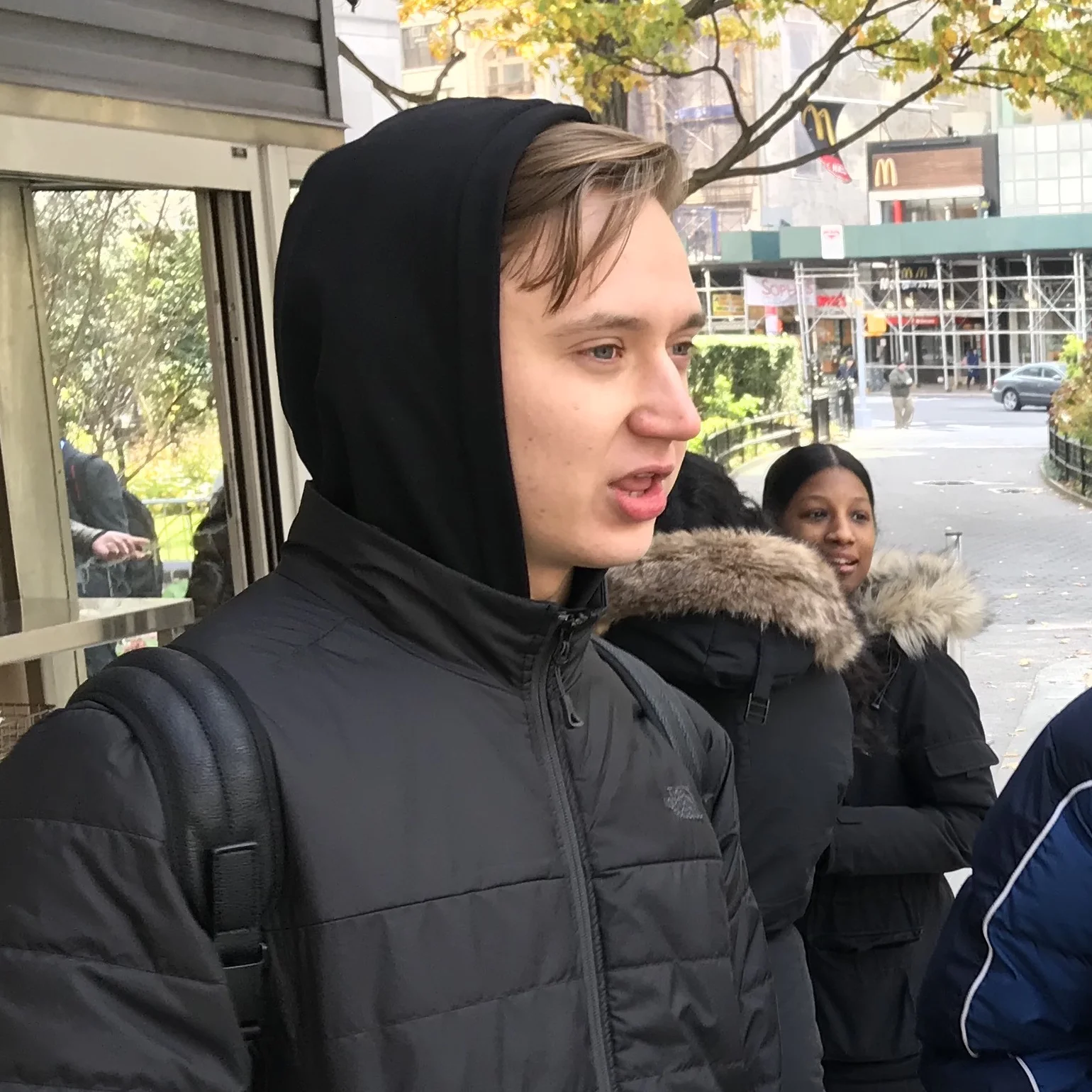AFTER AR
AFTER is a disaster training program for high schoolers, disguised as an AR (Augmented Reality) mobile game. Through playing the game, teens in Red Hook learn where to go for help, and where to find relevant resources in their neighbourhood in case of natural disaster.
Product Design | UX/UI | Research
CONTEXT
Fall 2018, School of Visual Arts
TEAM
Ben Bartlett, Gustav Dyrhauge, John Boran Jr, YangYing Ye
MY ROLE
AR UX Designer & Prototyping Lead
A kinesthetic guide to local emergency resources for high schoolers in Red Hook
THE CHALLENGE
In 2012, Hurricane Sandy swept through Red Hook and left the community devastated. During the events, the community organically came together and developed an emergency readiness plan. However, since then, this network of local services became under-utilised. Leaders of Red Hook struggle to rebuild community resilience, afraid that they will not be ready for the next storm.
THE OUTCOME
AFTER is a disaster training program for high schoolers, disguised as an AR app and game. Through playing the game, teens in Red Hook learn where to go for help, and where to find relevant resources in their neighbourhood in case of natural disaster.
FIELD RESEARCH
An Inactive & Abandoned Neighbourhood
As part of field research, our team trekked to Red Hook and walked through the neighbourhood, including the Red Hook Houses, The Baseball Field, and Red Hook Recreation Center. Even after 6 years since hurricane Sandy, there was little change to the most vulnerable part of New York.






RESEARCH INSIGHT
A Struggle to Build Community Resilience
During the events of Sandy, the community of Red Hook organically came together and managed the initial response. They developed an emergency readiness plan called “Ready Red Hook”, providing support services and resources to assist residents during emergency events.
However, there is still “a looming crisis of when the next storm is going to happen and if we are going to be ready,” Marlene Pantin, President of Red Hook Conservancy voiced her concern. While the network of emergency relief services are set up, not many residents are actively engaging in preparing for a future crisis.
During our interviews with Red Hook residents, the team found an opportunity to train young family members to become disaster relief leaders in the family.
OPPORTUNITY
What if we could connect existing resources with emerging technology and those who are savvy at it?
According to a 2018 report from Pew Research Center, 95% of American teens have access to a smartphone. Ownership has become nearly ubiquitous among teens of all genders, races, ethnicities and socioeconomic backgrounds.
Inspired from the success of Pokemon Go and Ready Red Hook’s effort to educate their own community of their emergency readiness plan, the team sought to assist the community build resilience by training young leaders through a resource-finding game in AR.
THEORY OF CHANGE
AFTER utilises AR to activate high schoolers to learn about their local support, turning them into potential guides for their community in case of an emergency situation.
DESIGN PROCESS
Double Diamond
We used the double diamond approach to frame our design journey. What we found most rewarding and revealing was the prototype-test-analyse phase. As we were designing for AR, we prototyped the game both physically and digitally.
PROCESS HIGHLIGHT
Playtesting
With the question “How might we gamify the experience of going from A to B” in mind, we brainstormed using a technique called “Crazy 8s” and designed an early prototype of the way-finding game. The playtesting session included a map, paper prompts, real collectable items, a live health & stamina status update, and a simple canvas bag. The goal was to learn how participants think about the setting and interact with prompts.
From Insights to Features
Users need NOT know exactly where to go.
Knowing the routes actually defeats the purpose of the game. Participants are demotivated upon knowing immediately where each support services is and felt it was a drag to complete the game. The team thus change the game into an unlocking system where participants have to find clues to reveal each location.
Adding elements of danger better prepares participants with potential real-life dangers.
To better simulate the experience of a disaster, the team implemented “contaminated water”, “polluted air”, and “blocked paths” during the game.
A physical reward boosts participants’ morale and encourages them to share the experience with others.
To remind participants that this experience is not simply a game but has real-life impacts, the team include a physical reward when participants exit the game. We believe a promotional T-Shirt would not only boost their confidence but usable when a real disaster happens.
THE APP
1. Onboarding the Game
AFTER gamifies the otherwise dull experience of disaster drills with kinesthetics learning, encouraging high school students in Red Hook to explore local support services that focus on providing help in the critical 72 hours after an emergency.
The onboarding establishes a disaster scenario, asking players to provide critical information such as where they live and how many people are in their household.















